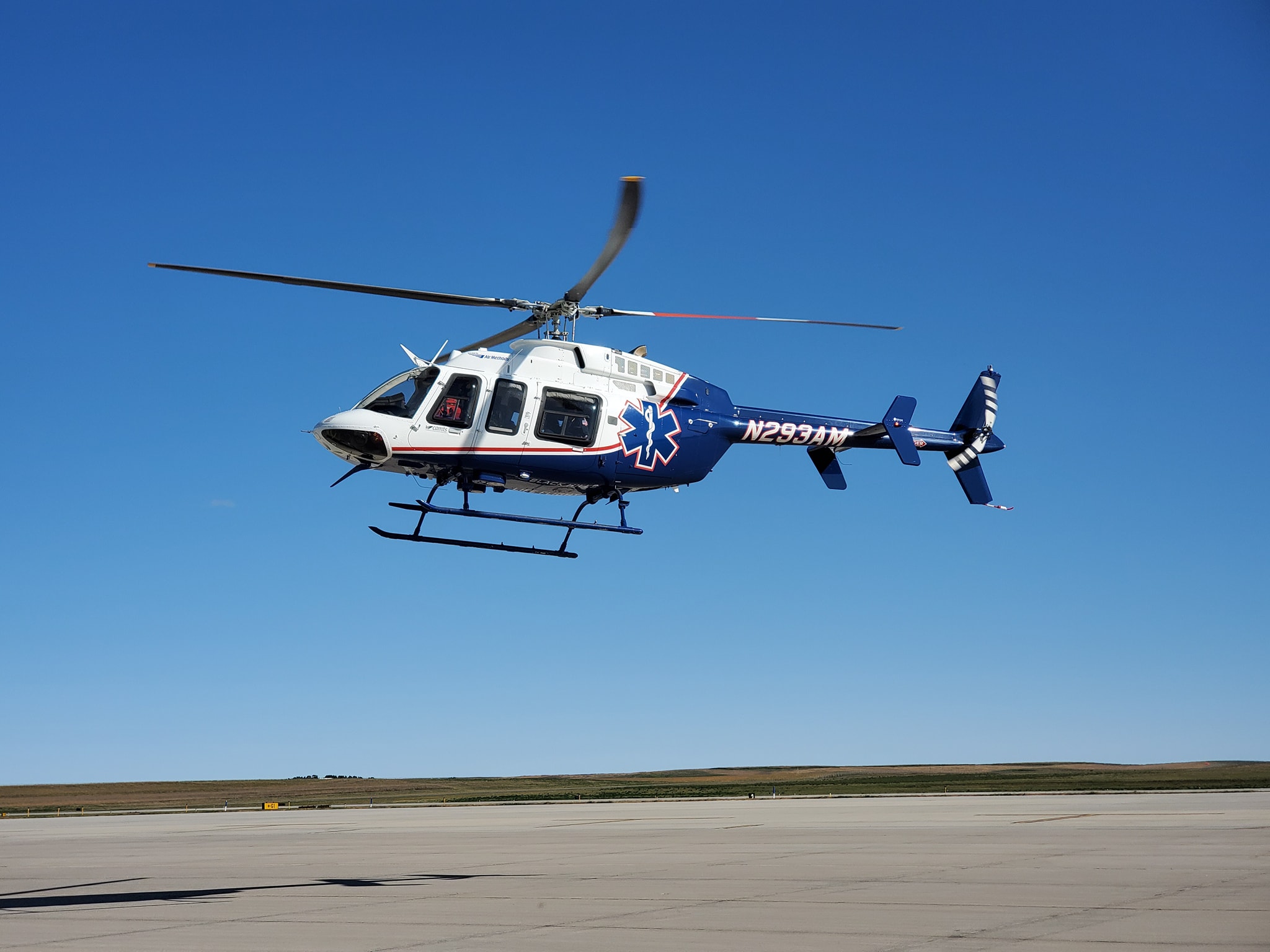Air Methods, an air medical service provider in the U.S., announced that its Black Hills Life Flight base in Rapid City, South Dakota will carry blood and plasma on its missions to support improved outcomes for patients involved in traumatic injuries or other conditions that require transfusions. Along with South Dakota, the base also serves residents in the border states of Montana, Nebraska, North Dakota, and Wyoming.

Carrying blood and plasma during air medical transports is vital for optimal patient outcomes. Patients suffering significant blood loss are at risk for hemorrhagic shock which causes the body’s organs to fail and can lead to death. According to a study in the New England Journal of Medicine, the administration of thawed plasma during prehospital air medical transport to patients at risk for hemorrhagic shock resulted in lower 30-day mortality and faster blood clotting than standard-care resuscitation.
“Black Hills Life Flight is proud to add blood and plasma to flights to enhance our ability to care for patients,” said Darryl Crown, regional business account executive for Air Methods and Black Hills Life Flight. “The ability to provide patients with potentially better outcomes is another important milestone for Black Hills Life Flight, particularly when serving individuals in rural areas who rely on air transport to quickly get them to the emergency care they need. Administration of blood, combined with rapid air transport, can truly help critically ill or injured patients who otherwise might not survive.”
Adding blood and plasma to Black Hills Life Flight helicopters and fixed-wing aircraft will allow emergency personnel to provide additional lifesaving care. It is one of several safety standards Air Methods has put in place. Nurses and paramedics are required to have practiced at least three years in an emergency care or intensive care setting before joining an Air Methods flight crew. Every air medical transport is reviewed and approximately 30 cases each month undergo an in-depth review to ensure clinical quality, education, and overall compliance.
Air Methods is also investing $100 million over 10 years to ensure that the company’s 1,300 pilots are prepared for the most challenging safety scenarios. These flying ICUs are custom designed and supplied to include clot-busting medications for stroke, monitoring devices, intra-aortic balloon pumps, drug lines, transfer vents and other equipment to ensure a safe and effective transfer to hospital. Helicopters are also fully equipped with safety features such as night vision goggles (NVGs), XM satellite weather and tracking systems, GPS and helicopter terrain awareness and warning systems.









